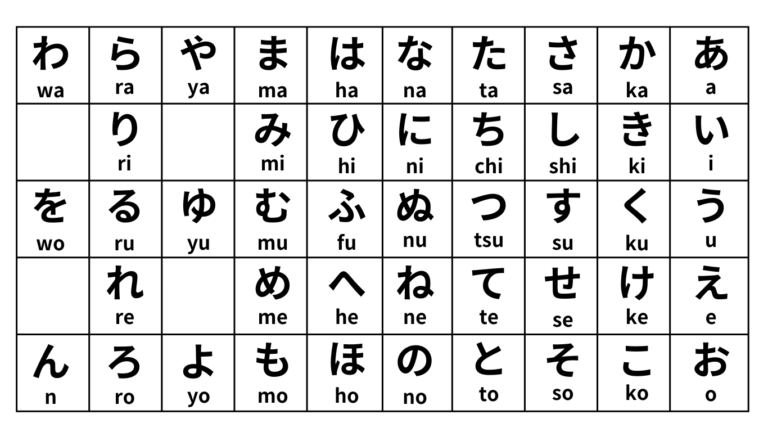Japanese Demonstrative Words: Navigating Location and Proximity
Introduction
In Japanese, demonstrative words are crucial for describing location and pointing out objects with precision. Unlike English, Japanese has a nuanced system of demonstratives that reflects the spatial relationship between the speaker, listener, and objects being discussed.
The Basic System of Location Words
Japanese demonstrative words follow a systematic pattern based on proximity:
ここ (Koko) – “Here”
- Location: Closest to the speaker
- Usage: Indicates a place right next to or very near the speaker
- Example Sentence: ここは図書館です。(Koko wa toshokan desu.)
- Translation: “This place here is a library.”
- Key Concept: “Near me/the speaker”
そこ (Soko) – “There”
- Location: Close to the listener
- Usage: Describes a place near the person being spoken to
- Example Sentence: そこに座ってください。(Soko ni suwatte kudasai.)
- Translation: “Please sit there.”
- Key Concept: “Near you/the listener”
あそこ (Asoko) – “Over There”
- Location: Far from both speaker and listener
- Usage: Points to a place distant from both parties
- Example Sentence: あそこに郵便局があります。(Asoko ni yūbinkyoku ga arimasu.)
- Translation: “The post office is over there.”
- Key Concept: “Far from both of us”
どこ (Doko) – “Where”
- Function: Interrogative word for location
- Usage: Asking about a place’s location
- Example Sentence: トイレはどこですか?(Toire wa doko desu ka?)
- Translation: “Where is the bathroom?”
- Key Concept: Question word for location
Extended Demonstrative System
The same proximity-based pattern extends to other Japanese demonstratives:
For Things
- これ (Kore): This (near speaker)
- それ (Sore): That (near listener)
- あれ (Are): That (far from both)
For Describing Nouns
- この (Kono): This (near speaker)
- その (Sono): That (near listener)
- あの (Ano): That (far from both)
Practical Tips for Learners
- Visualize Proximity: Imagine three concentric circles around you and the listener.
- Practice Context: Pay attention to spatial relationships when using these words.
- Listen to Native Speakers: Notice how they naturally use demonstratives.
Common Mistakes to Avoid
- Don’t use ここ when talking about a place far from you
- Remember that そこ is specifically near the listener
- Practice distinguishing between physical and conversational distance
Conclusion
Mastering Japanese demonstrative words requires practice and sensitivity to spatial relationships. By understanding their systematic nature, you’ll communicate more precisely and sound more natural in Japanese conversations.








